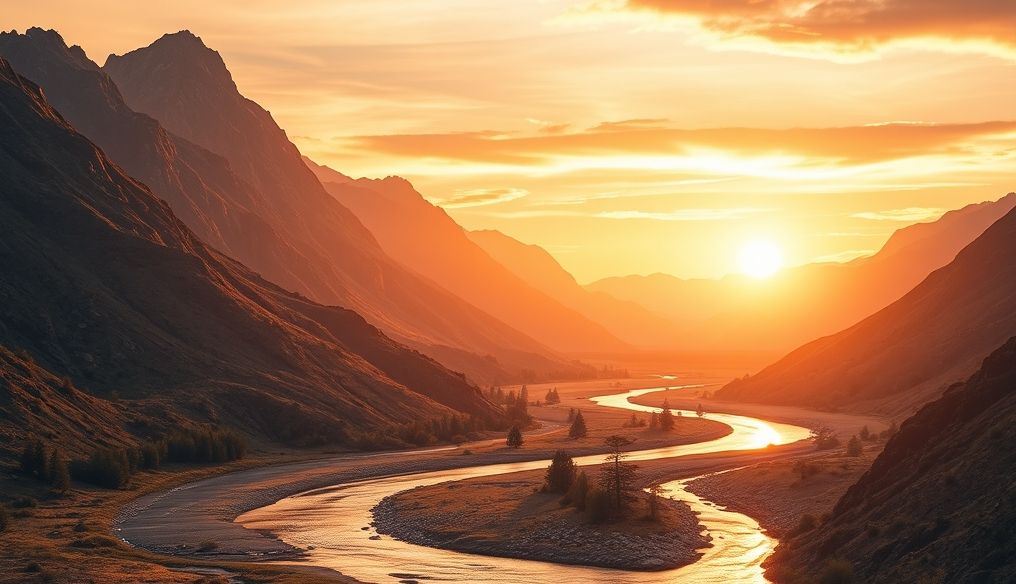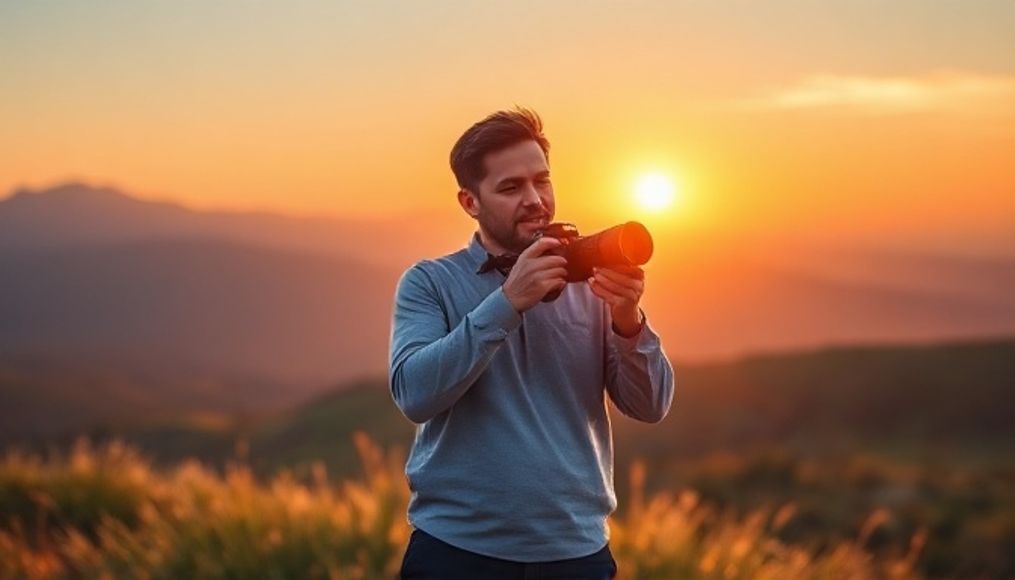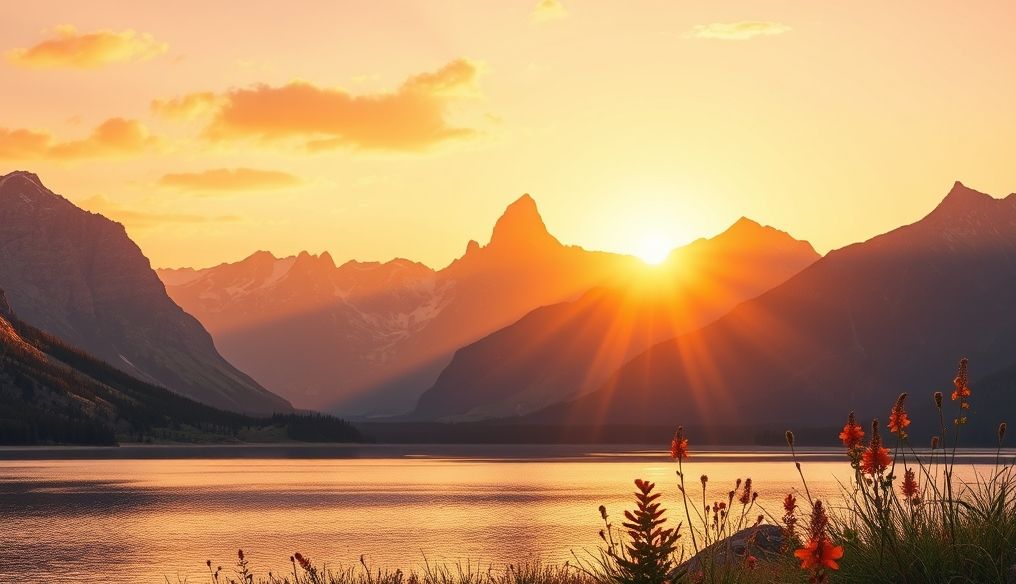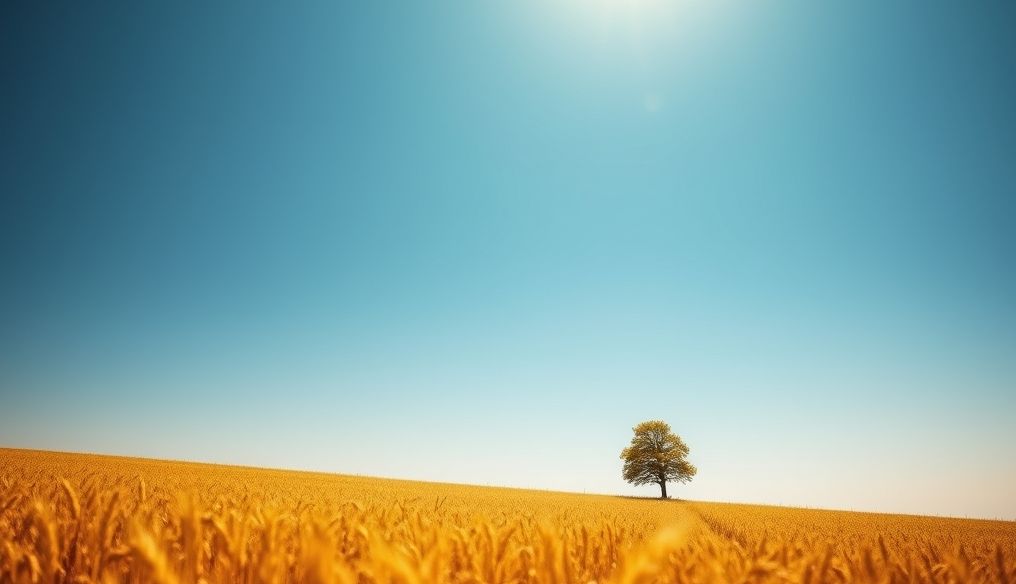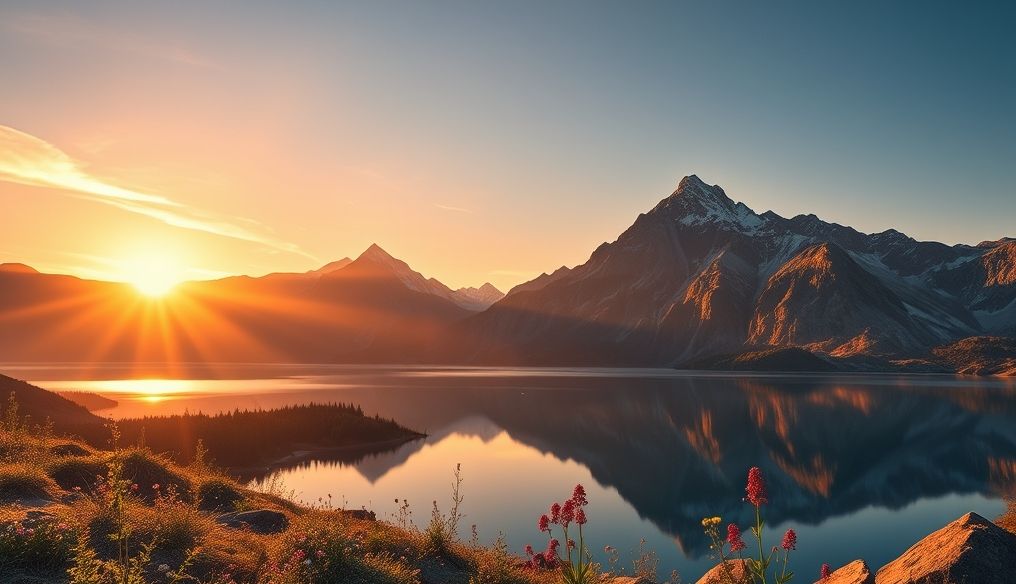What are the essential basics of landscape photography for professional-looking photos?
Landscape photography is more than just pointing a camera and taking a picture. It's an art that requires a deep understanding of light, composition, and technique. This article aims to provide you with the fundamentals needed to capture stunning natural images.
1. Understanding Basic Equipment
Before diving into techniques, it's essential to understand the equipment you'll be using:
- Camera: A DSLR or Mirrorless camera that offers full manual control.
- Lenses:
- Wide-Angle Lens: Ideal for capturing wide, sweeping landscapes. (e.g., 16-35mm)
- Standard Lens: Used for capturing specific details in the landscape. (e.g., 50mm)
- Telephoto Lens: For zooming in on distant elements in the landscape. (e.g., 70-200mm)
- Tripod: Essential for stabilizing the camera when shooting in low light or using slow shutter speeds.
- Filters:
- Polarizing Filter: Reduces glare and reflections, and increases color saturation.
- Neutral Density (ND) Filter: Allows for slower shutter speeds in bright conditions.
- Graduated Neutral Density (GND) Filter: Balances the exposure between a bright sky and a dark foreground.
2. Mastering Composition
Composition is the arrangement of elements in the image to create an appealing and interesting photo. Here are some basic rules:
- Rule of Thirds: Divide the image into nine equal parts with two horizontal and two vertical lines. Place important elements along these lines or at their intersections.
- Leading Lines: Use natural lines in the landscape (e.g., roads, rivers) to guide the viewer's eye to the focal point.
- Frame within a Frame: Use natural elements (e.g., trees, arches) to frame the landscape and create depth.
- Simplification: Avoid clutter in the image and focus on the essential elements that convey the story you want to tell.
- Depth: Use elements like the foreground and background to create a sense of depth in the image.
3. Understanding Light
Light is the most important element in photography. It can create different moods and feelings in the image. Here are some common types of light:
- Golden Hour: The short period of time just after sunrise and just before sunset, where the light is warm and soft.
- Blue Hour: The short period of time just before sunrise and just after sunset, where the light is cool and blue.
- Daylight: Can be harsh and flat, so try shooting on cloudy days or using an ND filter.
- Stormy Weather: Can create dramatic and interesting images.
4. Basic Camera Settings
Understanding camera settings will help you control the image completely:
- Aperture: Controls the amount of light entering the camera and affects the depth of field. A wide aperture (e.g., f/2.8) creates a shallow depth of field, while a narrow aperture (e.g., f/16) creates a wide depth of field.
- Shutter Speed: Controls the length of time the camera's sensor is exposed to light. A fast shutter speed (e.g., 1/1000 second) freezes motion, while a slow shutter speed (e.g., 1 second) creates a blurring effect.
- ISO: Controls the sensitivity of the camera's sensor to light. A low ISO (e.g., 100) produces high-quality images, while a high ISO (e.g., 3200) produces images with high noise.
- Focus: Make sure the main element in the image is in focus. Use Manual Focus for better control.
5. Advanced Photography Techniques
After mastering the basics, you can experiment with advanced photography techniques:
- Long Exposure Photography: Use a slow shutter speed to capture the movement of water or clouds.
- Panoramic Photography: Take a series of overlapping images and then stitch them together into a wide panoramic image.
- High Dynamic Range (HDR) Photography: Take multiple images at different exposures and then merge them to get an image with a wide dynamic range.
- Night Photography: Capture images of stars and galaxies at night.
6. Post-Processing
Post-processing is an essential part of the photography process. Programs like Adobe Lightroom and Adobe Photoshop can help you improve the colors, contrast, and sharpness of your images.
- Color Correction: Adjust the white balance, saturation, and luminance.
- Sharpening: Increase the sharpness of the image to bring out details.
- Noise Reduction: Reduce noise in images with high ISO.
- Cropping: Crop the image to improve the composition.
7. Research and Exploration
Find new and interesting photography locations. Explore the area around you and discover hidden landscapes.
- Use Maps and Apps: Use map applications to find potential photography locations.
- Talk to Locals: Locals can provide valuable information about the best places to photograph.
- Be Prepared for Adventure: Don't be afraid to go off the beaten path and explore new places.
8. Patience and Practice
Landscape photography requires patience and practice. Don't give up if you don't get the results you want right away. Keep learning and experimenting, and your skills will improve over time.
- Commit to Shooting Regularly: The more you practice, the better you will become.
- Analyze Your Photos: Look at your photos and try to identify strengths and weaknesses.
- Learn from Your Mistakes: Use your mistakes as opportunities to learn and improve.
9. Photography Ethics
Respect the natural environment and leave no trace behind. Follow the ethical code of conduct for photographers.
- Do Not Damage Plants or Animals: Be careful when moving in nature and do not cause any harm.
- Do Not Leave Trash: Carry all your waste with you.
- Respect Property Rights: Get permission before shooting on private land.
10. Share Your Work
Share your photos with others to get feedback and encouragement. Join online photography communities or participate in exhibitions and competitions.
- Post Your Photos on Social Media: Use platforms like Instagram and Facebook to share your work.
- Participate in Competitions and Exhibitions: These events can help you gain recognition.
- Get Feedback: Ask others to provide feedback on your photos.
By following these basics, you can develop your landscape photography skills and capture stunning images that reflect the beauty of the nature around you. Remember that continuous practice and lifelong learning are key to success.
